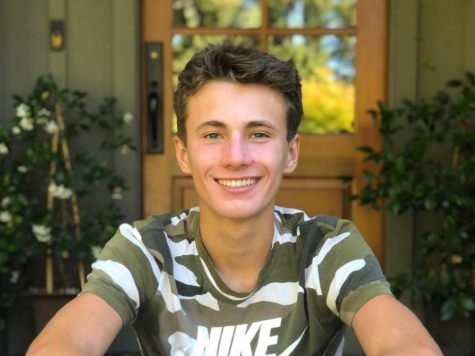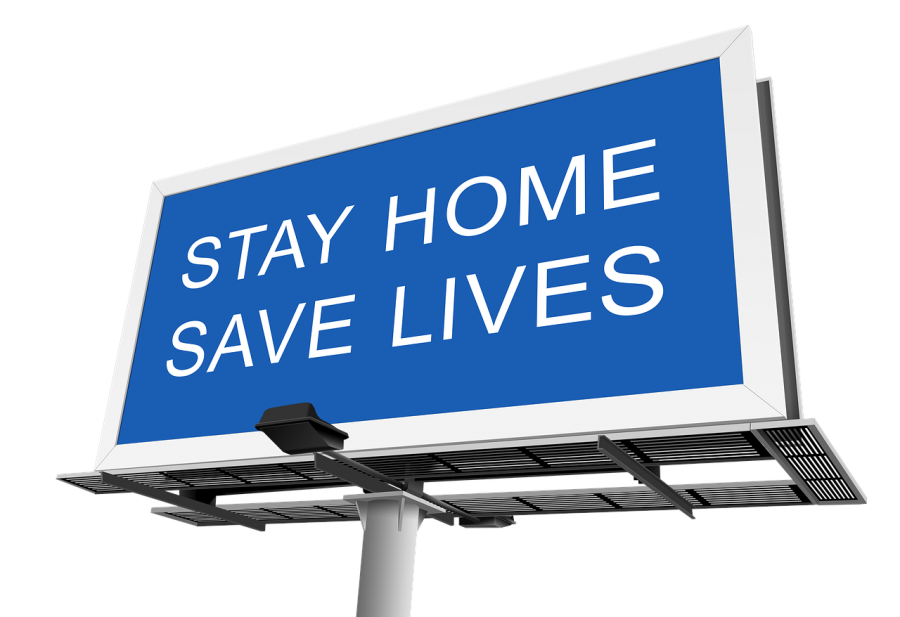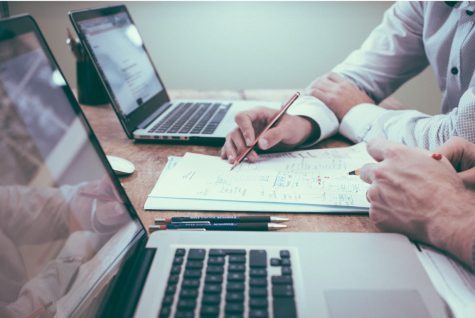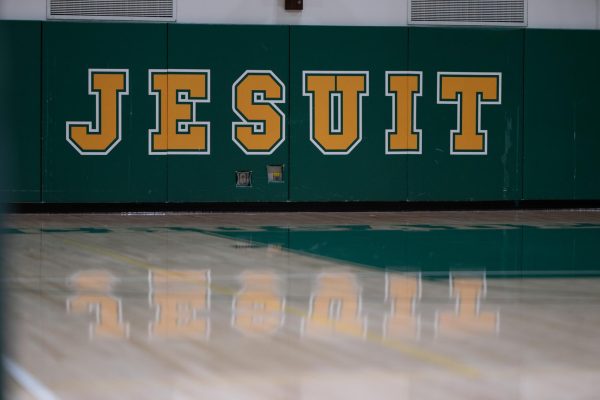Why Did the Pandemic Response Become so Partisan?
Why did America become so divided over how to respond to the pandemic?
Who would have thought that a response to a pandemic would be corrupted by politics?
One would think a pandemic would unite the country together through the effort to fight the spread of the virus. But unfortunately, a deep chasm between conservative and liberal governors opened up. While Governor Kristi Noem (R) of South Dakota let her state open freely, Governor Kate Brown (D) kept Oregon shut down for many months.
“I see red states prioritizing economic returns and also returns to classrooms, whereas I see blue states prioritizing equity and also public safety,” junior Jenny Duan said.
In April of 2020, then President Trump let states determine their best plan for reopening.
“It’s very much a state by state issue with COVID,” junior Elina Deshpande said. “It’s not much of a federal response anymore.”
While some claim allowing each state to progress individually was a way to ensure the country could reopen in places with relatively fewer cases compared to places with many cases, others say it only accelerated the partisan divide that split the nation throughout the pandemic.
Why did this bitter partisan line become etched in the United States’ pandemic response?
Jesuit history teacher Mark Flamoe spoke on what he thinks fueled this divide.
“Traditionally, Republicans tend to deemphasize the power of the national government and emphasize the power of the state and local government,” Flamoe said. “Obviously, Democrats and Republicans both believe that national and local governments are important. But in terms of relative weight they give to [the local and national government], Democrats believe the power of the federal government should be used to ensure equality, while Republicans believe power should be devolved to the local level.”
Another factor to consider is political polarization. The ideas some have about the pandemic response simply comes from a dislike of the opposite side. Flamoe spoke about how this issue was a huge roadblock to working together as one nation.
“I think if we had a less divisive political system it would have had a huge impact,” Flamoe said. “You see this on both sides. There are individuals who regard wearing a mask as somehow giving into the liberals’ general fear. And then on the other side you have liberals who will wear a mask because President Trump wouldn’t, even if the CDC says it’s no big deal when you’re [vaccinated]. It leads to a more reactionary approach on both sides. Whether it had an impact on death and infection rates that’s something I don’t think we’ll know for some time.”
As it was for the entirety of the pandemic, the road ahead is unclear. In addition to the economic and social future of the country being uncertain, so is the United States’ political scene. What effects will this partisan divide have on voters in the coming years?
“Politics for so many is deep seeded in their identity,” Flamoe said. “Unfortunately, I think this is just going to be another reinforcing factor that they will put on top of entrenching their own views rather than really trying to unpack what we can learn from it. It’s going to deepen some of those divisions.”
Governors have a big responsibility now to rebuild their state economies now that the pandemic is coming to a close soon. An article posted on brookings.edu captures this desperate need for the country to work together eloquently: “Aligning city and state [American Rescue Plan Act] funds to advance shared priorities could not only accelerate the pace and extend the reach of innovation and economic recovery—it may also begin a new era of democratic renewal.”
Sources:
Image by TheDigitalArtist









